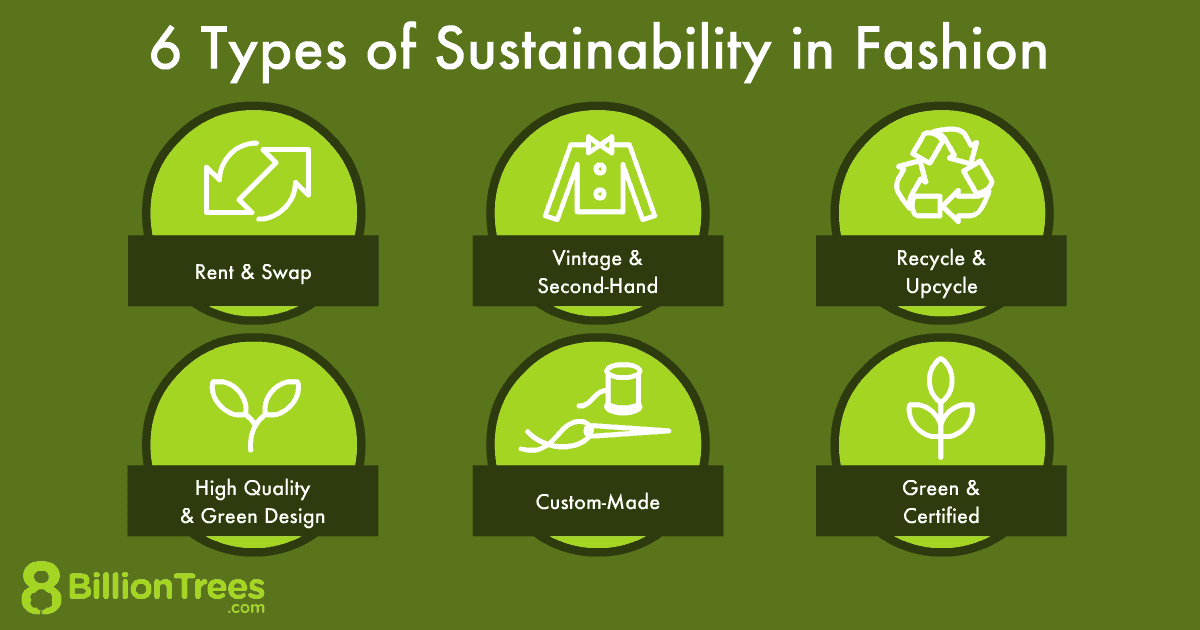Have you ever wondered how hemp fiber is used to create sustainable clothing? The versatile and eco-friendly properties of hemp make it an ideal choice for sustainable fashion. From its durability and breathability to its minimal environmental impact, hemp fiber plays a crucial role in the production of clothing that is both stylish and environmentally conscious. In this article, we will explore the various ways in which hemp fiber is utilized in the fashion industry, highlighting its benefits and contributions to a more sustainable future. Get ready to discover the incredible role that hemp fiber plays in creating sustainable clothing!
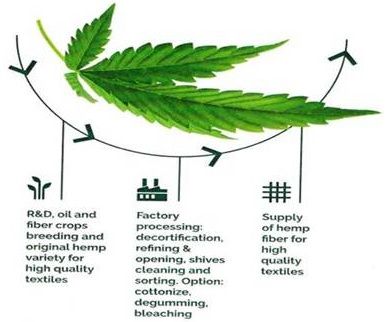
This image is property of static.fibre2fashion.com.
Utilizing Hemp Fiber
Natural Properties of Hemp Fiber
Hemp fiber is derived from the stalks of the Cannabis sativa plant and has been utilized for thousands of years due to its exceptional natural properties. The fiber is known for its strength, durability, and versatility, making it an ideal material for various applications, including clothing production. Hemp fiber is lightweight, breathable, and has excellent moisture-wicking abilities, providing comfort and allowing the skin to breathe. Additionally, hemp fibers are naturally antimicrobial, meaning they inhibit the growth of bacteria and odors, making them perfect for garments that require frequent washing.
Harvesting and Processing Hemp Fiber
The process of obtaining hemp fiber begins with the cultivation of hemp plants. These plants are typically grown in temperate regions with adequate sunlight and well-drained soil. Once the plants reach maturity, they are harvested by cutting the stalks close to the ground. The next step is retting, where the stalks are left in the field or soaked in water to allow natural decomposition to occur, separating the fiber from the woody core. After retting, the fiber is separated from the stalks through a process called decortication. The extracted fiber is then cleaned, softened, and spun into yarn, ready for further textile production.
Versatility in Clothing Production
One of the remarkable aspects of hemp fiber is its versatility in clothing production. The fiber can be transformed into various textile forms, including woven and knitted fabrics, allowing for a wide range of garments to be made. From lightweight summer dresses to sturdy outerwear, hemp fiber can be utilized in many different clothing styles. Its natural strength and durability make it particularly suitable for products that undergo frequent use and washing. Hemp fiber also blends well with other natural fibers, such as organic cotton or linen, adding versatility to the range of fabrics that can be produced.
Advantages of Hemp Fiber
Sustainability and Environmental Benefits
Hemp fiber is a treasure trove of sustainability and environmental benefits. As a fast-growing crop, hemp requires significantly less land, water, and resources compared to many other fiber crops. It is known to thrive without the need for herbicides or pesticides, making it kinder to the environment and reducing the impact on surrounding ecosystems. Additionally, hemp plants absorb large amounts of carbon dioxide during their growth, acting as a carbon sink and contributing to the reduction of greenhouse gas emissions. Utilizing hemp fiber in clothing production helps promote a sustainable and eco-friendly fashion industry.
Durability and Longevity
When it comes to durability and longevity, hemp fiber surpasses many other natural fibers. It is incredibly strong, making hemp garments resistant to tearing and stretching. The fabric’s tensile strength ensures that hemp clothing can withstand repeated use and washing without losing its shape or integrity. This durability leads to longer-lasting garments, reducing the need for frequent replacements and ultimately reducing textile waste. By wearing hemp clothing, you can invest in high-quality, long-lasting garments that contribute to a more sustainable and responsible wardrobe.
Breathability and Comfort
Hemp clothing offers exceptional breathability and comfort due to its unique structure and natural properties. The fiber has a porous structure that allows air to circulate freely, keeping you cool and comfortable even in warm climates. Hemp fabric also has excellent moisture-wicking abilities, efficiently absorbing moisture from the skin and quickly releasing it into the air, leaving you feeling dry and fresh. Moreover, hemp fiber naturally regulates body temperature, making it a great choice for both hot and cold weather. By choosing hemp clothing, you prioritize your comfort while supporting sustainable and eco-friendly fashion.
Hemp Fiber vs. Other Natural Fibers
Hemp Fiber vs. Cotton
When comparing hemp fiber and cotton, it becomes apparent that hemp possesses several advantages in terms of sustainability and performance. Cotton, one of the most widely used natural fibers, requires vast amounts of water, chemicals, and energy for cultivation and processing. In contrast, hemp requires significantly less water and doesn’t rely on pesticides or herbicides due to its natural resistance to pests. Hemp fiber is also stronger and more durable than cotton, meaning hemp clothing lasts longer and withstands wear and tear more effectively. Additionally, hemp’s excellent moisture-wicking properties make it a more breathable and comfortable choice compared to cotton.
Hemp Fiber vs. Linen
Linen is another popular natural fiber renowned for its breathability and durability. However, hemp fiber surpasses linen in several aspects. While both fibers are eco-friendly and sustainable, hemp requires less water and land to cultivate, making it a more resource-efficient choice. Hemp fabric is also stronger and more resistant to stretching compared to linen, ensuring longer-lasting garments that can withstand frequent use and washing. Furthermore, hemp’s natural antimicrobial properties give it an advantage regarding odor control and hygiene. For those seeking sustainable and long-lasting clothing, hemp fiber provides an excellent alternative to linen.
Hemp Fiber vs. Bamboo
Bamboo fiber has gained popularity in recent years due to its sustainable and eco-friendly nature. However, when compared to hemp fiber, bamboo has some shortcomings. While both fibers have low environmental impact, hemp requires fewer chemicals during processing, making it a cleaner and more sustainable option. Hemp fabric is also more durable and longer-lasting than bamboo fabric, which can be prone to pilling and tearing with frequent use. Additionally, hemp clothing offers superior breathability and moisture-wicking abilities compared to bamboo, ensuring optimal comfort throughout the day. When seeking sustainable clothing options, hemp fiber offers numerous advantages over bamboo.
Hemp Clothing Production Process
Fiber Extraction
The first step in producing hemp clothing involves extracting the fiber from the harvested stalks. This process, known as retting, can be done using two primary methods: dew retting and water retting. Dew retting involves leaving the stalks in the field and allowing natural decomposition to occur, aided by the moisture in the air. Water retting, on the other hand, involves submerging the stalks in water, facilitating the separation of the fiber from the woody core. After retting, the fiber is mechanically or manually extracted, leaving behind long, slender strands of hemp fiber.
Spinning and Twisting
Once the hemp fiber has been extracted, it is ready for spinning and twisting. This process involves aligning the individual hemp fibers to create a continuous, strong thread that can be used to weave or knit fabric. Spinning can be performed using traditional methods, such as a spinning wheel, or modern techniques, like a spinning machine. During this stage, the hemp fibers are twisted together to enhance their strength and durability. The spinning and twisting process is crucial in creating a yarn that is strong enough to withstand the stresses of everyday use in clothing.
Weaving or Knitting
After the spinning and twisting process, the hemp yarn is ready for the weaving or knitting stage. Weaving involves interlacing the yarns in a crisscross pattern on a loom to create a fabric. By adjusting the tension and pattern of the yarns, different types of woven fabrics can be produced, such as plain weave, twill weave, or satin weave. Knitting, on the other hand, involves creating loops of yarn that interlock with each other, forming a fabric. Various knit stitches and techniques can be used to achieve different textures and structures. Both weaving and knitting allow for the production of a wide range of hemp fabrics, suitable for different clothing styles and applications.
Dyeing and Finishing
Once the hemp fabric has been created through weaving or knitting, it can be dyed and finished to achieve the desired color and texture. Dyeing can be done using natural or synthetic dyes, depending on the desired outcome and environmental considerations. Natural dyes made from plants, minerals, or insects provide a sustainable option, while synthetic dyes offer a wider range of colors and effects. After dyeing, the fabric undergoes various finishing processes, such as washing, softening, and ironing, to enhance its appearance and feel. Finally, the fabric is ready to be cut and sewn into garments, completing the hemp clothing production process.
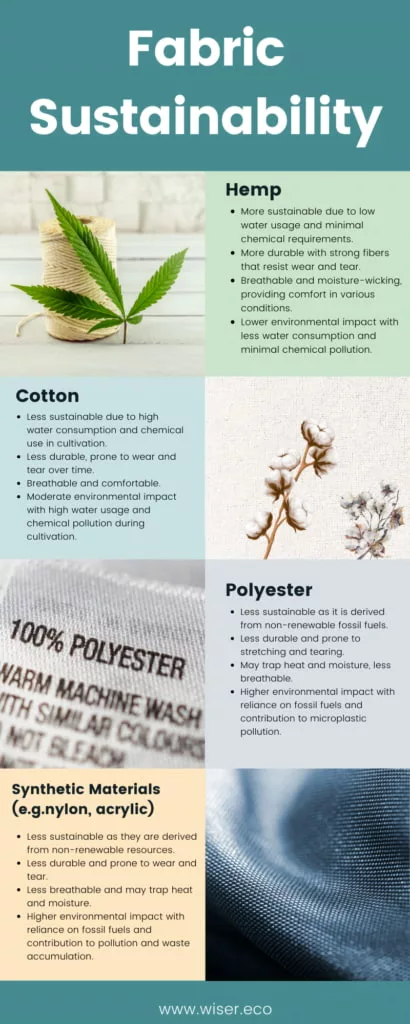
This image is property of wiser.eco.
Sustainable Cultivation of Hemp
Minimal Pesticide Usage
Hemp is known for its natural resistance to pests and diseases, reducing the need for pesticide usage during cultivation. Unlike other crops, such as cotton, which heavily rely on chemical pesticides, hemp can thrive without the use of these harmful substances. By choosing hemp fiber for clothing production, you contribute to the reduction of pesticide pollution, protecting the environment, and promoting a healthier ecosystem for both humans and wildlife.
Water Efficiency
Hemp cultivation is remarkably water-efficient, requiring significantly less water compared to other fiber crops like cotton or bamboo. Hemp plants have deep root systems that help them access water deep within the soil, reducing the need for excessive irrigation. This water-efficient nature of hemp cultivation helps conserve this valuable resource, especially in regions where water scarcity is a critical concern. By utilizing hemp fiber in clothing production, you support a more sustainable and responsible water management system.
Soil Regeneration
One of the lesser-known benefits of hemp cultivation is its ability to regenerate the soil. Hemp plants have long taproots that penetrate deep into the ground, breaking up compacted soil and improving its structure. These taproots also help control erosion by holding the soil together. Furthermore, hemp plants extract various nutrients from the soil, reducing nutrient runoff and improving the overall fertility of the land. By cultivating hemp for fiber production, you contribute to soil regeneration and promote sustainable agricultural practices.
Environmental Benefits
Carbon Sequestration
Hemp plants play a vital role in carbon sequestration, helping combat climate change. During its rapid growth, hemp absorbs large amounts of carbon dioxide from the atmosphere and stores it within its plant material. This process contributes to the reduction of greenhouse gas emissions, as carbon dioxide is a major greenhouse gas responsible for global warming. By utilizing hemp fiber in clothing production, you actively support the sequestration of carbon and contribute to a more sustainable and environmentally friendly fashion industry.
Reduced Water Consumption
As mentioned earlier, hemp cultivation requires significantly less water compared to other fiber crops. This reduced water consumption helps to alleviate the strain on water resources, especially in areas prone to drought or water scarcity. By choosing hemp clothing, you indirectly reduce the demand for water-intensive crops like cotton, thereby promoting responsible water usage and conserving this precious resource for future generations.
Biodegradability
Hemp fiber is biodegradable, meaning it can naturally decompose and return to the earth without leaving behind harmful pollutants. In contrast, synthetic fibers like polyester can take hundreds of years to break down, contributing to the ever-growing problem of textile waste. By opting for hemp clothing, you choose a material that can seamlessly integrate back into the environment, reducing the overall environmental impact of the fashion industry and supporting a more circular and waste-free economy.
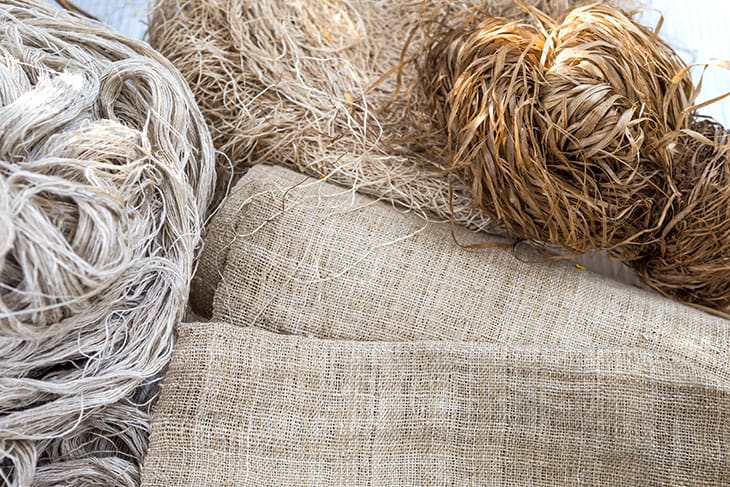
This image is property of www.designscene.net.
Versatile Applications of Hemp Fiber
Clothing and Accessories
Hemp fiber’s versatility allows it to be used in various clothing and accessory applications. From lightweight summer dresses and shirts to durable jeans and jackets, hemp clothing offers a wide range of options for both casual and formal wear. Additionally, hemp fiber can be blended with other natural fibers, such as organic cotton or linen, to create unique textures and enhance the properties of the fabric. Furthermore, hemp fiber can be transformed into accessories like bags, hats, and shoes, offering stylish and sustainable alternatives to conventional fashion choices.
Home Textiles
Apart from clothing, hemp fiber can also be utilized in the production of home textiles. Curtains, upholstery fabrics, and bed linens made from hemp provide not only a sustainable option but also offer durability and comfort. Hemp textiles are hypoallergenic, making them suitable for individuals with sensitive skin or allergies. Additionally, hemp fabric’s moisture-wicking properties make it an excellent choice for towels and bathrobes, ensuring quick drying and a luxurious feel. By incorporating hemp-based home textiles into your living space, you promote a sustainable and eco-friendly lifestyle.
Industrial and Automotive
In addition to clothing and home textiles, hemp fiber has applications in various industrial and automotive sectors. The fiber’s exceptional strength, durability, and resistance to corrosion make it an ideal material for producing composite materials and reinforced plastics. These materials can be used in industries such as automotive manufacturing, aerospace, and construction. Harnessing the power of hemp fiber in these sectors not only provides a sustainable alternative but also contributes to the overall reduction of carbon emissions and environmental impact.
Promoting Ethical Fashion
Fair Trade Practices
Promoting ethical fashion goes beyond sustainability; it also involves fair trade practices that ensure workers receive fair wages and work in safe and humane conditions. Choosing hemp clothing produced under fair trade principles ensures that the rights and well-being of those involved in the supply chain are respected. Fair trade certifications guarantee transparency and accountability in the production process while empowering workers and contributing to the social and economic development of local communities.
Supporting Local Communities
By choosing hemp clothing, you can support local communities that cultivate and produce hemp fiber. Hemp cultivation often provides income and employment opportunities for farmers and workers in these communities. Supporting local hemp industries helps create sustainable livelihoods, promote economic stability, and preserve traditional knowledge and skills. Additionally, sourcing hemp fiber from local suppliers reduces the carbon footprint associated with long-distance transportation and supports local economies.
Reducing Fast Fashion Impact
Fast fashion, characterized by rapid production and consumption of low-quality garments, has severe social and environmental consequences. By opting for hemp clothing, you actively reduce the impact of fast fashion. Hemp garments are durable, long-lasting, and resistant to wear and tear, promoting a more sustainable wardrobe. Choosing quality over quantity and investing in timeless hemp pieces helps build a conscious and responsible fashion culture, minimizing the negative effects of fast fashion on the environment and society.
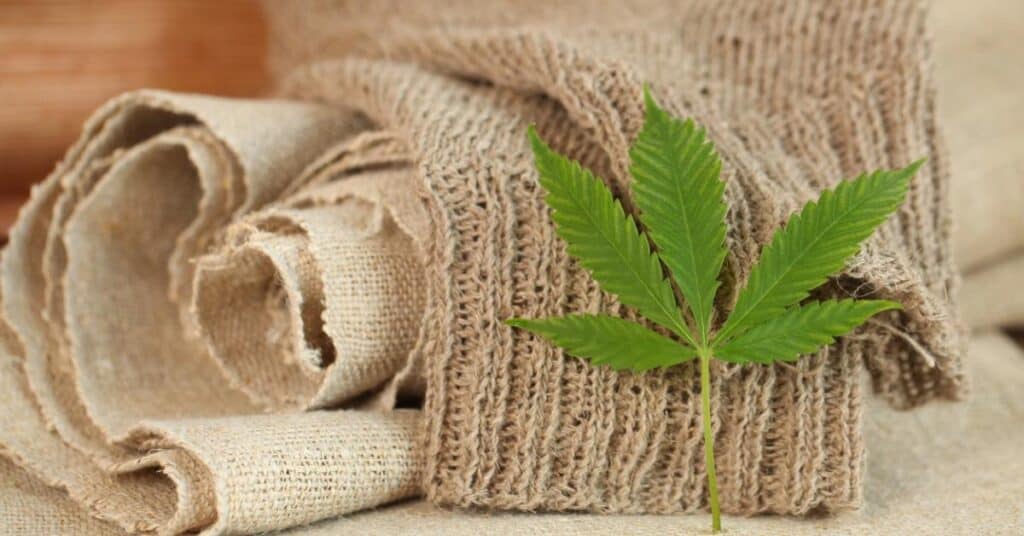
This image is property of media.greenmatters.com.
Challenges and Future Outlook
Scaling Up Production
One of the significant challenges in utilizing hemp fiber for clothing production is scaling up its production to meet the growing demand. While hemp cultivation has experienced a resurgence in recent years, it still requires further development and investment to reach the level needed to replace more resource-intensive fibers like cotton. By supporting and advocating for the expansion of hemp cultivation and processing, we can overcome this challenge and establish a more sustainable fashion industry.
Improving Processing Technologies
Another area that requires attention is the improvement of processing technologies for hemp fiber. Developing efficient and eco-friendly methods for retting, fiber extraction, and textile production will help streamline the manufacturing process and reduce its environmental impact. Research and innovation in this field are crucial for making hemp fiber’s full potential in sustainable clothing production, ensuring its competitiveness in the market.
Increasing Consumer Awareness
Despite the numerous benefits of hemp fiber, consumer awareness and acceptance of this material remain relatively limited. Educating consumers about the sustainability, durability, and versatility of hemp clothing is essential for promoting its widespread adoption. By raising awareness through effective communication channels, such as marketing campaigns, social media, and fashion events, we can encourage more individuals to choose hemp clothing and contribute to a more sustainable fashion industry.
Conclusion
Utilizing hemp fiber in clothing production offers a multitude of benefits for both the environment and conscious consumers. With its natural properties of strength, durability, and breathability, hemp fiber provides the foundation for comfortable and long-lasting garments. Compared to other natural fibers, hemp boasts superior sustainability credentials, requiring minimal pesticide usage, conserving water, and promoting soil regeneration. It also offers versatile applications in clothing, accessories, home textiles, and even industrial sectors. By embracing hemp clothing, we can support ethical fashion practices, reduce the impact of fast fashion, and contribute to a more sustainable future. The challenges that lie ahead, such as scaling up production, improving processing technologies, and increasing consumer awareness, can be overcome with collective efforts and a shared commitment to building a more sustainable and responsible fashion industry. In the end, the incorporation of hemp fiber in clothing production is a step in the right direction towards a greener and more ethical fashion landscape.
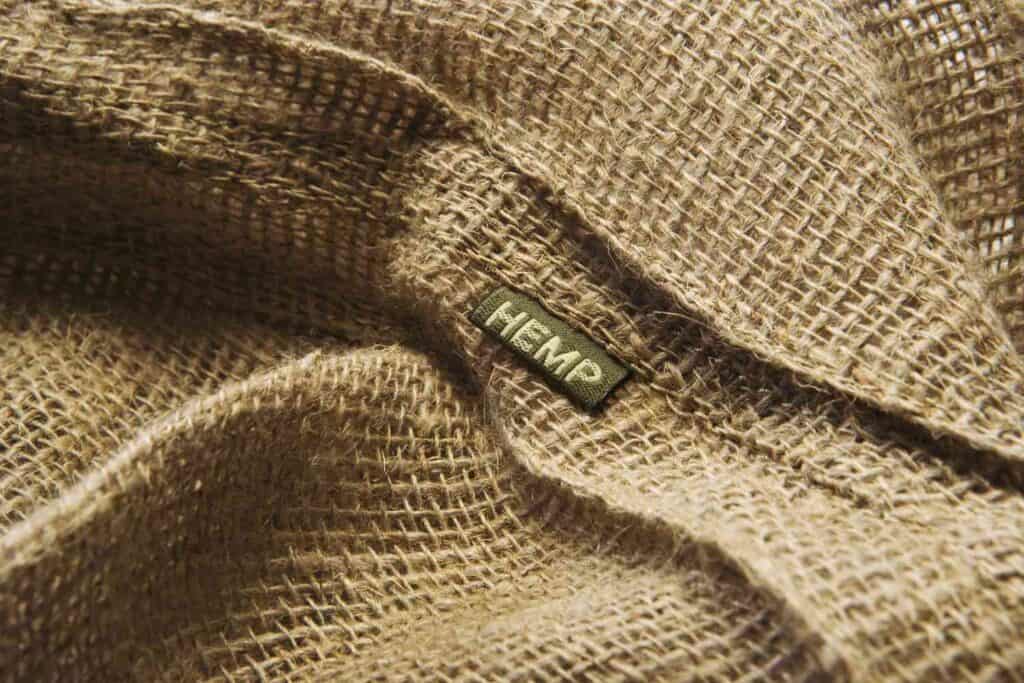
This image is property of www.treehugger.com.
Recent Posts
Discover how bubble hash is rated on a 1 to 6 scale. From texture and color to aroma and potency, learn the key factors that determine the quality of bubble hash. Whether you're a seasoned cannabis...
Looking to learn about the most popular style of hash? This article explores the different types, from traditional to bubble hash, and reveals the people's favorite. Join us on a journey through the...

